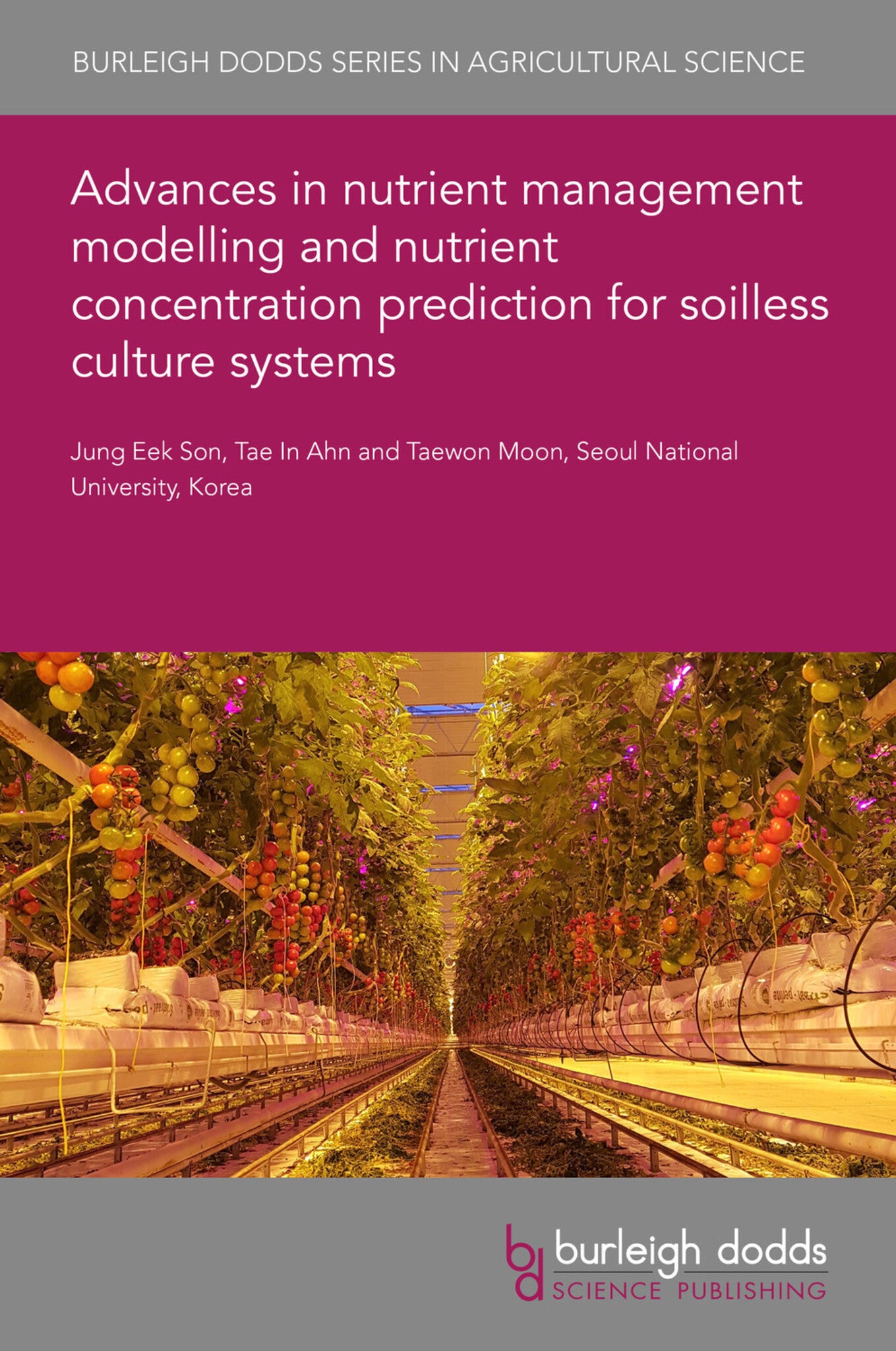We're sorry. An error has occurred
Please cancel or retry.
Advances in nutrient management modelling and nutrient concentration prediction for soilless culture systems

Some error occured while loading the Quick View. Please close the Quick View and try reloading the page.
Couldn't load pickup availability
- Format:
-
08 February 2021


SCIENCE / Life Sciences / Horticulture, Commercial horticulture, TECHNOLOGY & ENGINEERING / Agriculture / Sustainable Agriculture, Sustainable agriculture

1 Introduction 2 Analysing the relationship between ion activity and electrical conductivity (EC) measurement 3 Nutrient management modelling in open and closed-loop soilless culture systems 4 Prediction of electrical conductivity (EC) and macronutrient ion concentrations using deep learning algorithms in closed-loop soilless culture systems 5 Conclusion and future trends 6 Where to look for further information 7 References



